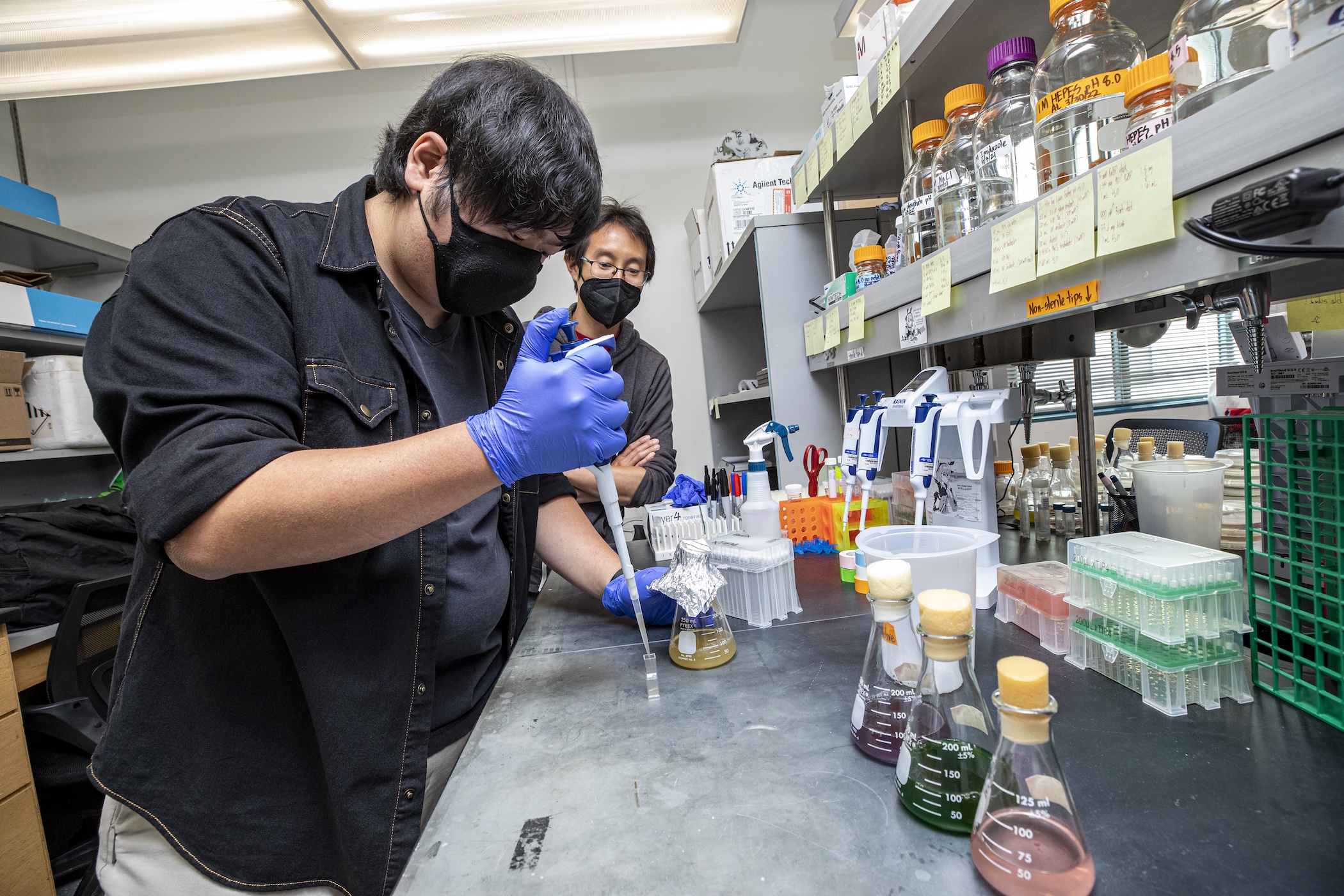 When you think of proteins – the enzymes, signaling molecules, and structural components in every living thing – you might think of single strands of amino acids, organized like beads on a string. But nearly all proteins consist of multiple strands folded up and bound to one another, forming complicated 3D superstructures called molecular assemblies. One of the key steps to understanding biology is discovering how a protein does its job, which requires knowledge of its structures down to the atomic level.
When you think of proteins – the enzymes, signaling molecules, and structural components in every living thing – you might think of single strands of amino acids, organized like beads on a string. But nearly all proteins consist of multiple strands folded up and bound to one another, forming complicated 3D superstructures called molecular assemblies. One of the key steps to understanding biology is discovering how a protein does its job, which requires knowledge of its structures down to the atomic level.
Over the past century, scientists have developed and deployed amazing technologies such as X-ray crystallography and cryo-electron microscopy to determine protein structure, and thereby answered countless important questions. But new work shows that understanding protein structure can sometimes be more complicated than we think.
A new paper from Biosciences researchers in the Environmental Genomics and Systems Biology Division, the Molecular Biophysics and Integrated Bioimaging Division, and the Joint BioEnergy Institute (JBEI) reveals the possibility that many of the proteins we thought we knew actually exist in other, unknown shapes. The study, published in Science Advances investigated the world’s most abundant protein, an enzyme involved in photosynthesis called rubisco, and showed how evolution can lead to a surprising diversity of molecular assemblies that all accomplish the same task.
This study has been described in an ALS Science Highlight. Read more at the Berkeley Lab News Center.




